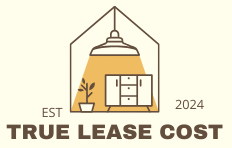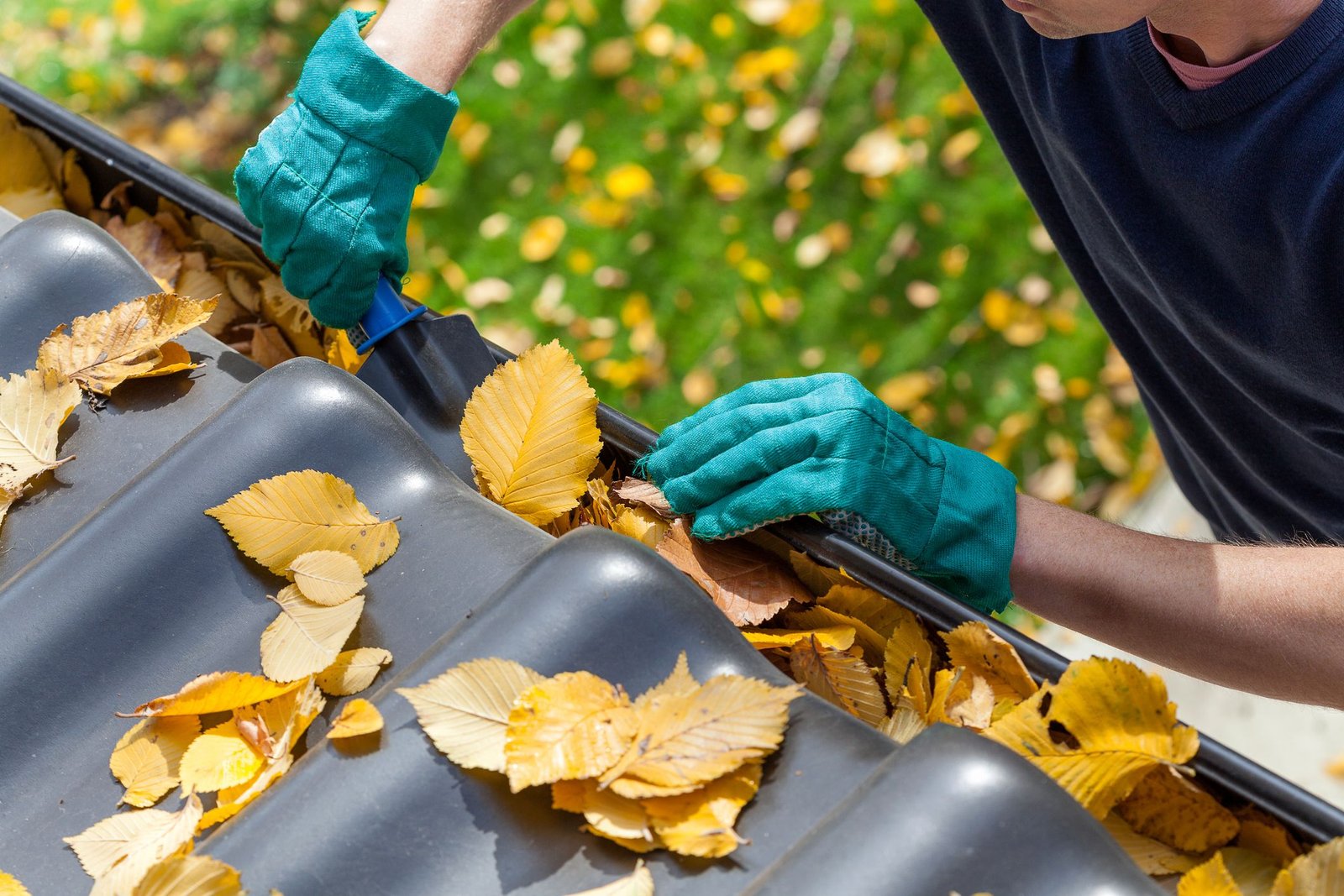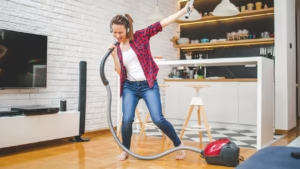Owning a home is one of life’s greatest joys, but it also comes with many responsibilities. Regular maintenance protects your investment and ensures your home is safe, comfortable, and energy-efficient. By performing small maintenance tasks regularly, you can prevent costly repairs in the future. That’s why every homeowner should use a handy checklist to keep their home in excellent condition year-round.
Inspect Gutters and Roof
Your roof is your most important protection against inclement weather. Inspect it twice a year, especially after a storm, to check for broken shingles, leaks, accumulated leaves, and other debris. Maintain your gutters to prevent blockages, which can lead to water damage, foundation problems, or mold growth. Installing gutter guards is also a beneficial long-term investment.
Maintain Your HVAC System
Heating, ventilation, and air conditioning (HVAC) systems require regular maintenance to function properly. Replace filters every one to three months and schedule professional servicing at least once a year. Inspect ducts for leaks and ensure vents are clean. A well-maintained HVAC system reduces energy costs and improves indoor air quality.
Inspect Pipes and Plumbing
Plumbing problems can escalate quickly if not addressed. Check for drips or leaks under sinks, around toilets, and near water heaters. Monitor water pressure and inspect visible pipes for corrosion. Flushing your water heater annually helps remove sediment buildup and extends its lifespan.
Ensure Electrical Safety
Electrical issues should never be ignored. Test smoke and carbon monoxide detectors monthly and replace batteries annually. Inspect plugs, switches, and cords for damage. If your circuit breaker trips frequently, call a licensed electrician.
Check Windows and Doors
Windows and doors affect both security and energy efficiency. Inspect seals and weatherstripping for cracks or wear. Replacing worn seals prevents leaks and lowers heating and cooling costs. Confirm that all locks work properly to keep your home secure.
Maintain Your Home’s Exterior
The outside of your home requires just as much care as the inside. Pressure wash siding, patios, and sidewalks annually to prevent dirt and mold buildup. Trim trees and shrubs away from your home to reduce pest risks. Refresh paint or caulking to protect your exterior from the elements.
Service Appliances and Fixtures
Proper care keeps appliances running efficiently and safely. Clean refrigerator coils, inspect washing machine hoses for cracks, and remove lint from dryer vents to prevent fire hazards. Clean faucets and showerheads to prevent mineral buildup and improve water flow.
Inspect Basement and Foundation
Your foundation supports the entire house, so watch for cracks, damp spots, or pests in basements and crawl spaces. Ensure proper drainage around your home to prevent water intrusion. Consider using a dehumidifier or sump pump to manage humidity and prevent flooding.
Pest Prevention
Insects and rodents can damage property and threaten health. Seal cracks, install screens, and store food properly. Regularly inspect attics, basements, and sheds for pests. For serious or recurring infestations, contact a pest control professional.
Seasonal Maintenance Checklist
Home care needs change with the seasons:
- Spring: Clean gutters, inspect your roof, and service your air conditioning.
- Summer: Check outdoor vents, prune landscaping, and clean patios/decks.
- Fall: Service your heating system, clean gutters again, and seal windows/doors.
- Winter: Inspect insulation, protect pipes from freezing, and test smoke/CO detectors.
Frequently Asked Questions
1. How often should I do home maintenance?
A mix of monthly, quarterly, and seasonal tasks is best. An annual checklist helps you stay organized.
2. What’s the most common home maintenance task that people forget?
Cleaning gutters. Clogged gutters can cause roof leaks and even foundation damage.
3. Does regular home maintenance save money?
Yes. Preventative maintenance detects small issues before they become costly and improves energy efficiency.
4. When should I hire a professional instead of doing it myself?
For leaks in roofing, electrical issues, plumbing problems, or structural damage, always hire a licensed professional.
5. How can I keep track of home maintenance tasks?
Use a calendar, planner, or mobile app. Breaking tasks into monthly or seasonal lists makes it manageable.
In Short
A well-maintained home is safer, more comfortable, and more energy-efficient. Following a structured home maintenance checklist protects your investment and prevents costly surprises. By staying proactive with inspections and upkeep, you’ll keep your home strong, efficient, and comfortable for years to come.




